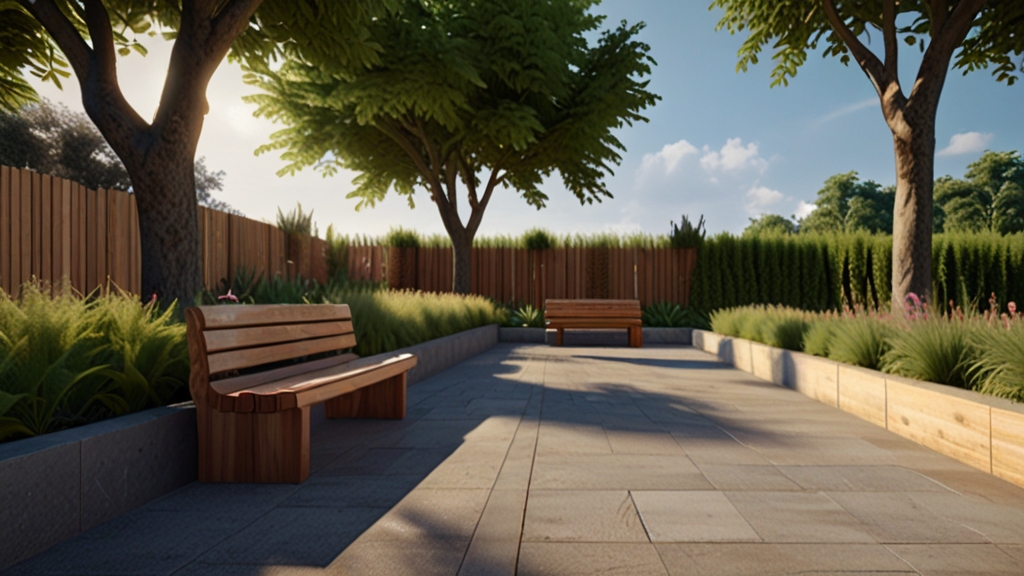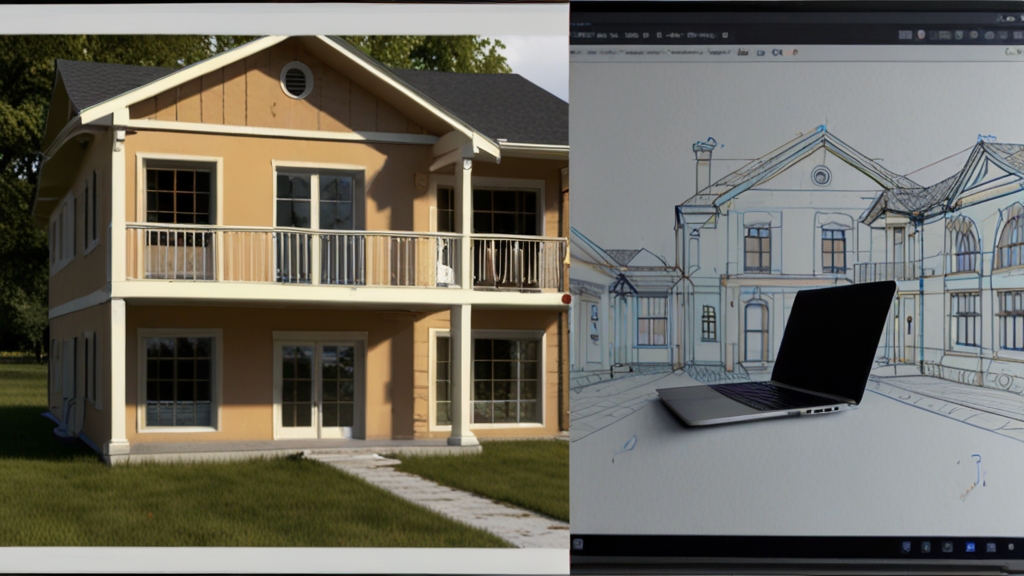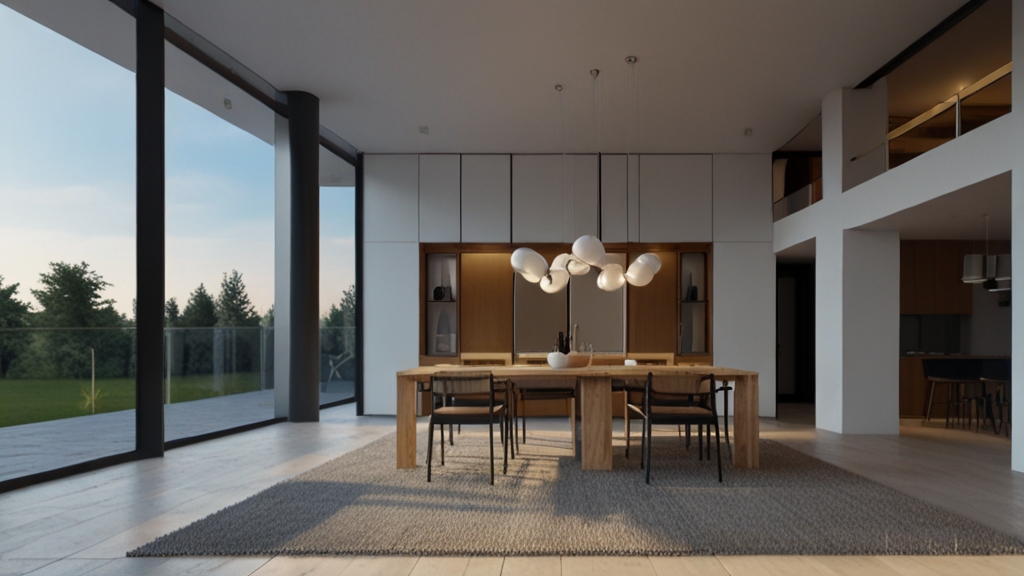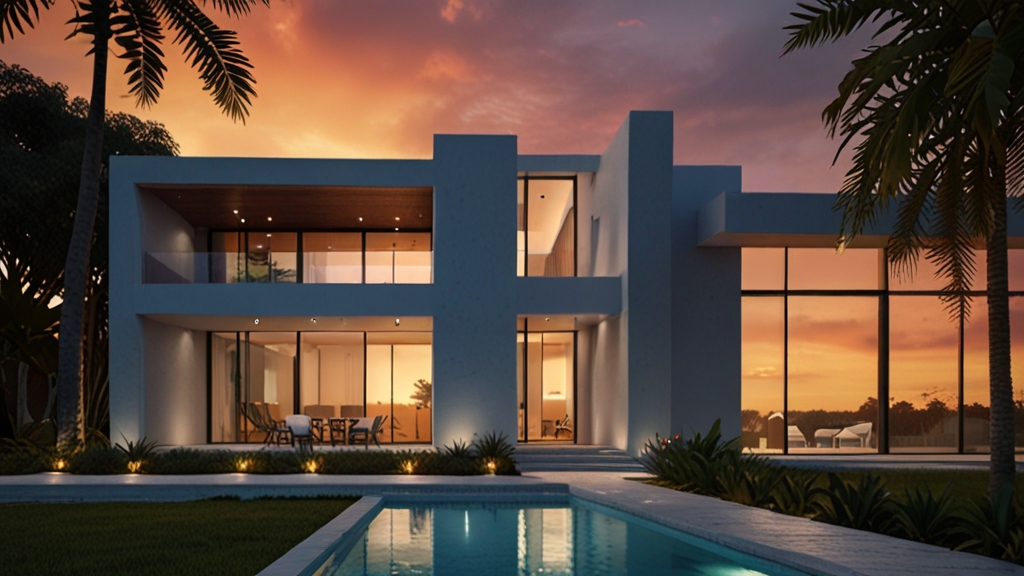In the world of landscape design, the ability to visualize and effectively communicate ideas is essential for the success of a project. Photorealistic renders have become an invaluable tool for landscape designers, allowing them to accurately and attractively represent how outdoor spaces will look once completed. Let’s explore how realistic renders can be created to capture the beauty and essence of landscaping projects.
Capturing the Essence of the Environment
To create realistic renders of landscaping projects, it is essential to capture the essence and unique character of the natural environment. This involves carefully studying the surrounding landscape, including topography, native vegetation, lighting, and climatic elements. By incorporating these elements into the render design, a more authentic representation faithful to the real environment is achieved.
Selection of Textures and Materials
The selection of appropriate textures and materials is crucial for achieving a realistic render. From the softness of the grass to the roughness of rocks, every detail contributes to the render’s authenticity. Using high-resolution texture images and applying UV mapping techniques accurately ensures that materials look natural and seamlessly integrate into the environment.
Play of Lights and Shadows
Lighting is a key aspect in creating realistic renders. By simulating sunlight at different times of the day and under different weather conditions, depth and realism are added to the render. Additionally, the use of dynamic shadows helps to highlight the shape and texture of landscape elements, creating a convincing three-dimensional effect.
Details and Vegetation
Details are essential for creating a realistic render. The inclusion of diverse vegetation, such as trees, shrubs, flowers, and seasonal plants, adds life and color to the landscape. Furthermore, incorporating decorative elements such as benches, fountains, and sculptures adds visual interest and contributes to the overall atmosphere of the space.
Integration with Architectural Context
For projects that include both landscape and architectural design, it is important to seamlessly integrate renders of both aspects. This involves ensuring that landscape elements complement the surrounding architecture and vice versa. By achieving harmonious integration, a visually striking and convincing representation of the project as a whole is created.
In conclusion, realistic renders are an invaluable tool for landscape designers, allowing them to visualize and effectively communicate their ideas. By capturing the essence of the environment, selecting appropriate textures and materials, playing with lights and shadows, adding details and vegetation, and integrating the landscape with the architectural context, a compelling and captivating representation of landscaping projects that inspire and excite viewers can be created.
Español
Renders para Proyectos de Paisajismo: Cómo Representar Espacios Exteriores de Manera Realista
En el mundo del diseño de paisajes, la capacidad de visualizar y comunicar eficazmente las ideas es esencial para el éxito de un proyecto. Los renders fotorealistas se han convertido en una herramienta invaluable para los diseñadores de paisajes, permitiéndoles representar de manera precisa y atractiva cómo se verán los espacios exteriores una vez completados. Veamos cómo se pueden crear renders realistas que capturen la belleza y la esencia de los proyectos de paisajismo.
Capturando la Esencia del Entorno
Para crear renders realistas de proyectos de paisajismo, es fundamental capturar la esencia y el carácter único del entorno natural. Esto implica estudiar cuidadosamente el paisaje circundante, incluyendo la topografía, la vegetación nativa, la iluminación y los elementos climáticos. Al incorporar estos elementos en el diseño del render, se logra una representación más auténtica y fiel al entorno real.
Selección de Texturas y Materiales
La selección de texturas y materiales adecuados es crucial para lograr un render realista. Desde la suavidad del césped hasta la rugosidad de las rocas, cada detalle contribuye a la sensación de autenticidad del render. Utilizar imágenes de texturas de alta resolución y aplicar técnicas de mapeo UV con precisión garantiza que los materiales se vean naturales y se integren perfectamente en el entorno.
Juego de Luces y Sombras
La iluminación es un aspecto clave en la creación de renders realistas. Al simular la luz del sol en diferentes momentos del día y en distintas condiciones climáticas, se añade profundidad y realismo al render. Además, el uso de sombras dinámicas ayuda a resaltar la forma y la textura de los elementos del paisaje, creando un efecto tridimensional convincente.
Detalles y Vegetación
Los detalles son fundamentales para crear un render realista. La inclusión de vegetación diversa, como árboles, arbustos, flores y plantas de temporada, añade vida y color al paisaje. Además, la incorporación de elementos decorativos, como bancos, fuentes y esculturas, agrega interés visual y contribuye a la atmósfera general del espacio.
Integración con el Contexto Arquitectónico
Para proyectos que incluyen tanto diseño paisajístico como arquitectónico, es importante integrar de manera cohesiva los renders de ambos aspectos. Esto implica asegurarse de que los elementos del paisaje se complementen con la arquitectura circundante y viceversa. Al lograr una integración armoniosa, se crea una representación visualmente impactante y convincente del proyecto en su conjunto.
En conclusión, los renders realistas son una herramienta invaluable para los diseñadores de paisajes, permitiéndoles visualizar y comunicar eficazmente sus ideas. Al capturar la esencia del entorno, seleccionar texturas y materiales adecuados, jugar con luces y sombras, añadir detalles y vegetación, y integrar el paisaje con el contexto arquitectónico, se puede crear una representación convincente y cautivadora de proyectos de paisajismo que inspiren y emocionen a los espectadores.








